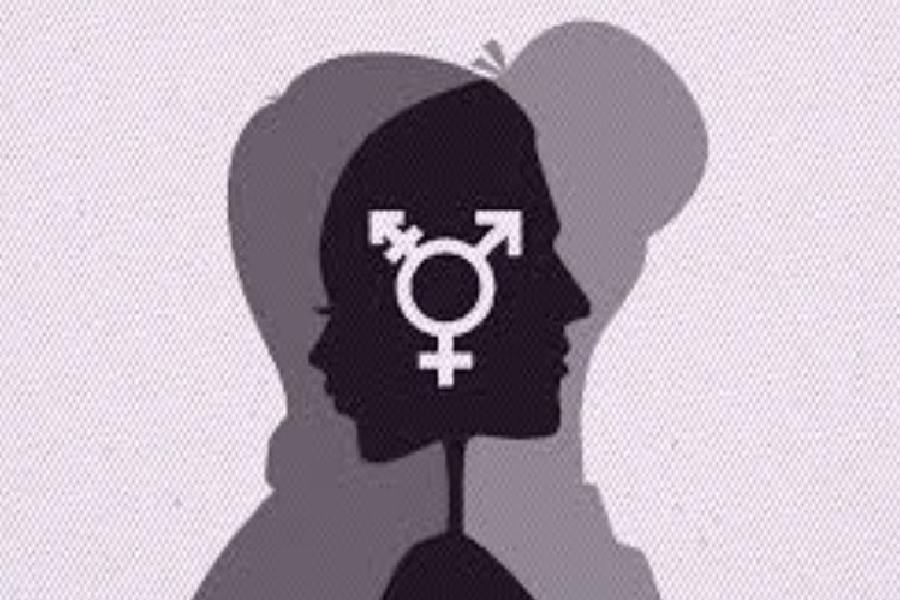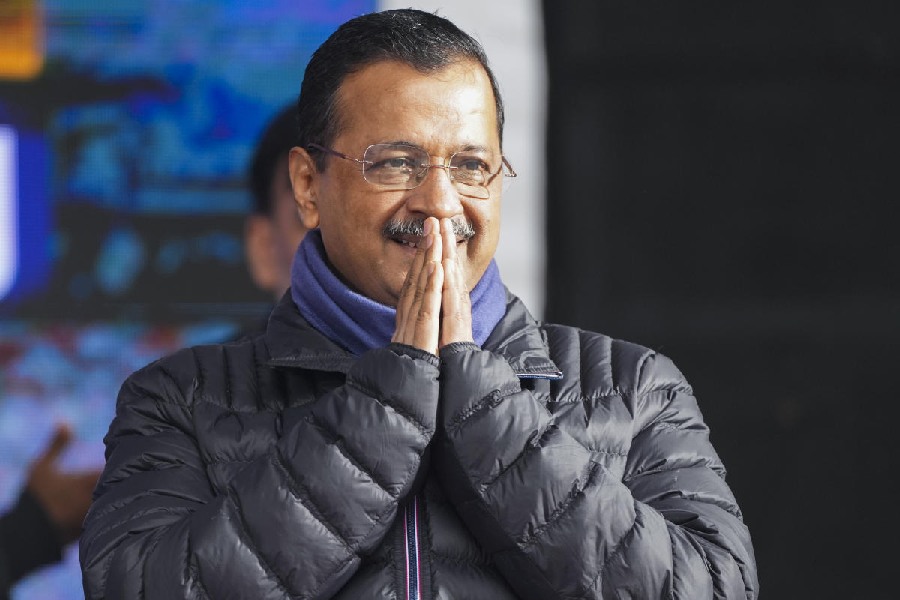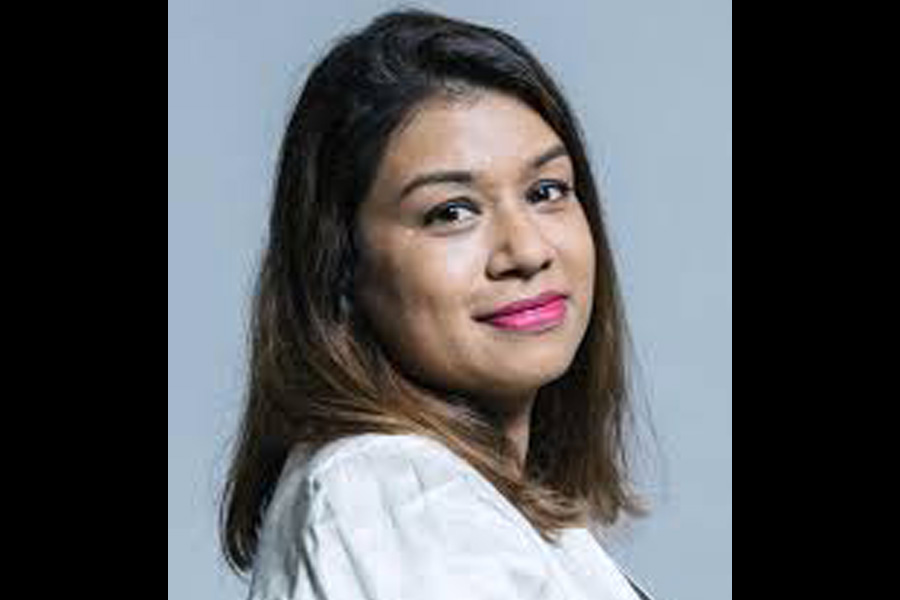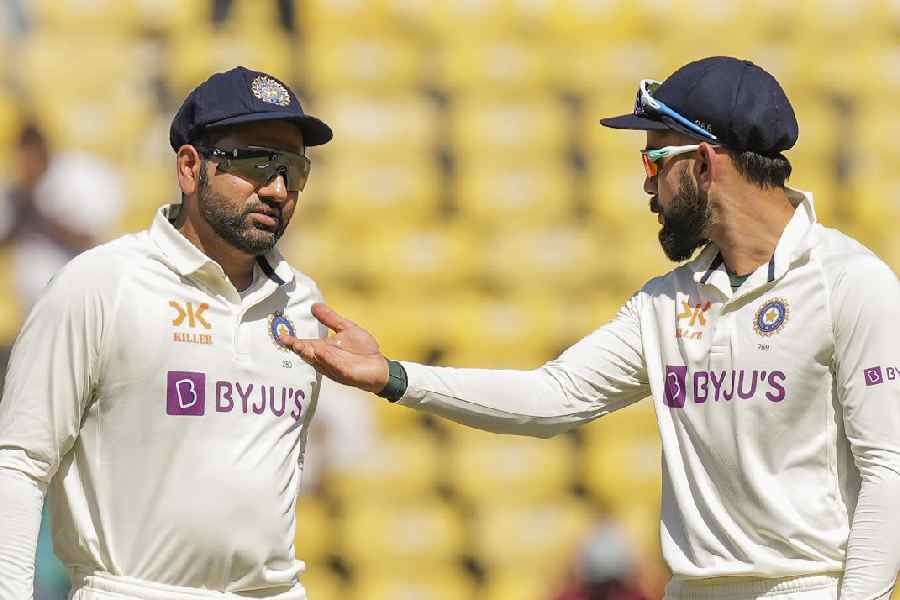The gender wage gap starts at the beginning — the job application process.
In an interview, after she had won the Nobel in physics in 2018, Donna Strickland, a Canadian, was asked why she was not a full professor, given her eminence. To which Strickland had replied that she had never applied.
Most eligible women candidates stay away from applying to senior, high-paying positions because they think they are not qualified enough.
A 2024 article on the Harvard Business School website, which mentions the Donna Strickland interview, features research by Katherine Coffman on women shying away from job opportunities. The research, co-authored by Coffman, an associate professor at Harvard Business School, was published in Management Science.
Coffman’s starting point was an oft-quoted statement: “Men apply for a job when they meet 60 per cent of the eligibility criteria, women apply only if they meet 100 per cent of them.”
This apparently originated in a Hewlett-Packard internal report. Whether the figures are correct is open to question, but a lot of research suggests the underlying assumption is true.
Women are yet to feel confident in the workplace. They tend to not apply if the jobs seem to be in stereotypically male domains, such as management- or analytics-driven, and use generic language, says the research. But they respond more if the job description is specific.
Women tend to apply for low-paying jobs than men, though they have the same qualifications. The language of the job advertisements plays a major role.
A 2022 research titled “Words Matter: Gender, Jobs and Applicant Behaviour”, analyses a large base of job advertisements and applications that came in response to them.
The study, conducted by Kanika Mahajan, Sugat Chaturvedi and Zahra Siddique and funded by Ashoka University, analysed employers’ gender preferences using 1,57,888 jobs posted, which received 6.45 million job applications.
The advertisements were posted between 2018 and 2020 on an Indian job portal that catered to young urban job-seekers.
“We find that women apply to jobs with 3.7 per cent lower wages than men with the same education, age, and state of residence,” says the study.
“…Explicit gender requests explain 7 per cent of the gender wage gap in applications, while implicit gender associations together with explicit gender requests explain 17 per cent of the gap,” it adds.
The study uses the Local Interpretable Model-agnostic Explanations (LIME) algorithm to identify words in job ads that contribute gendered words.
Explicit gender requests will state which gender the job is for. But implicit femaleness is observed in jobs for beauticians, personal secretaries and school teachers. Implicit maleness is high in jobs for cargo loaders, delivery executives and network engineers.
The difference in job application by men and women and the wage gap are a reflection of the way men and women look at their abilities and also what the job environment has to offer, for example, in terms of flexibility.
For the same job, implicit femaleness and maleness can vary based on the job description, says the study. For two job ads for business development executives, implicit femaleness is high when the job description mentions working from home or restarting a career. Implicit maleness is high when the job involves travel or working night shifts. For sales executives, high implicit femaleness is associated with jobs emphasising appearance or communication skills while implicit maleness is high in jobs requiring fieldwork.
The language in job ads works to perpetuate gender stereotypes but also provides a clue to the factors that keep women from the workplace. The findings of the study can be read together with India’s female labour force participation score.











